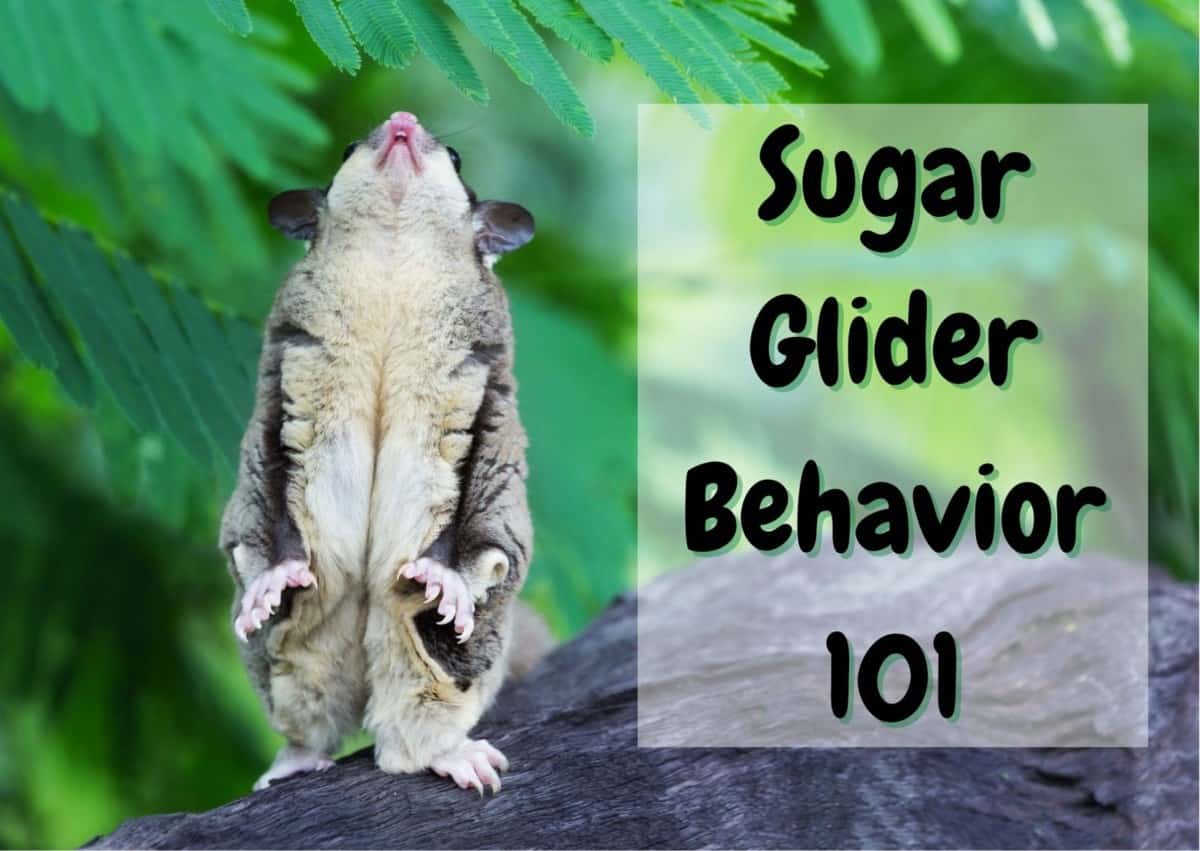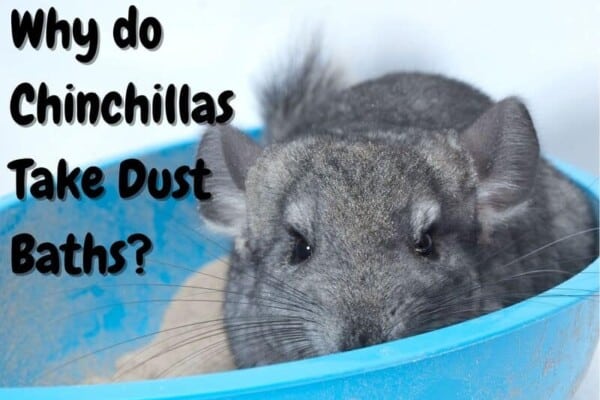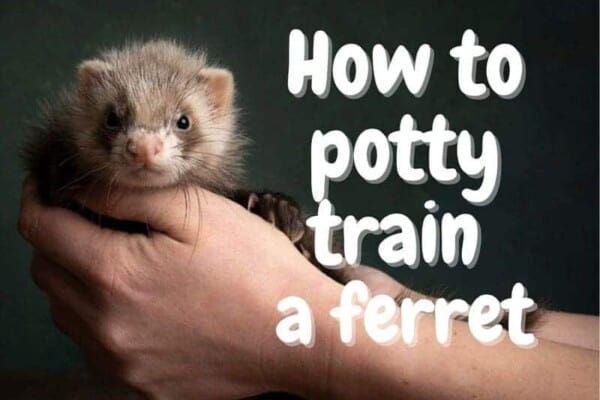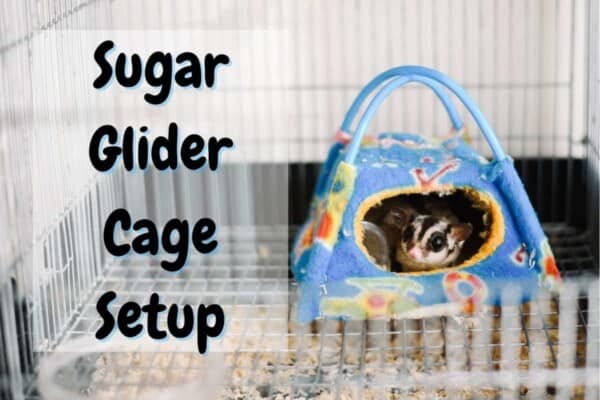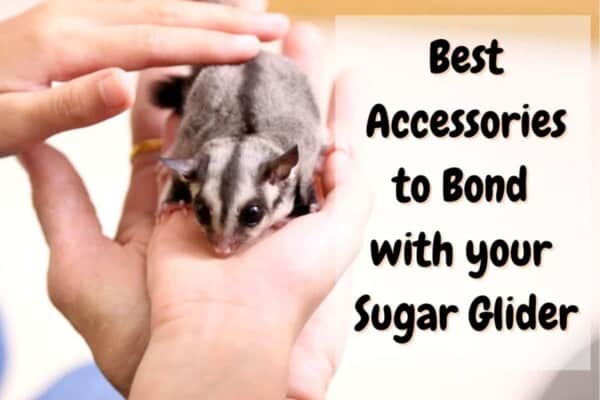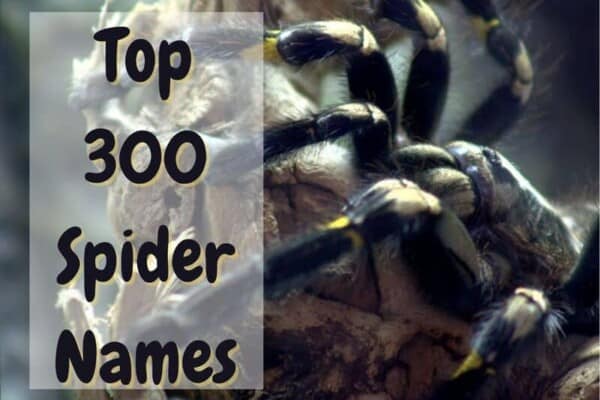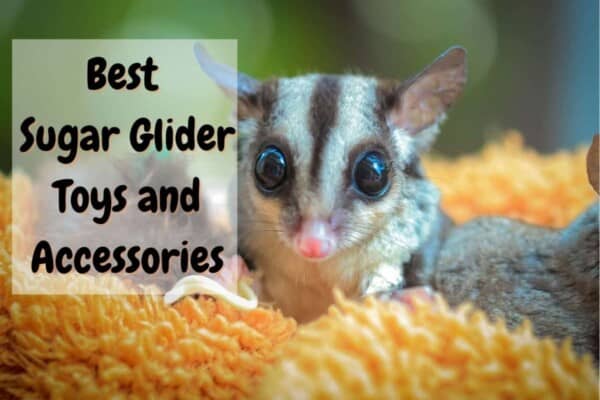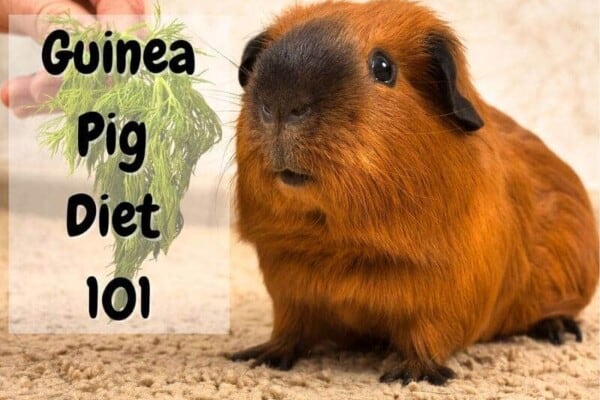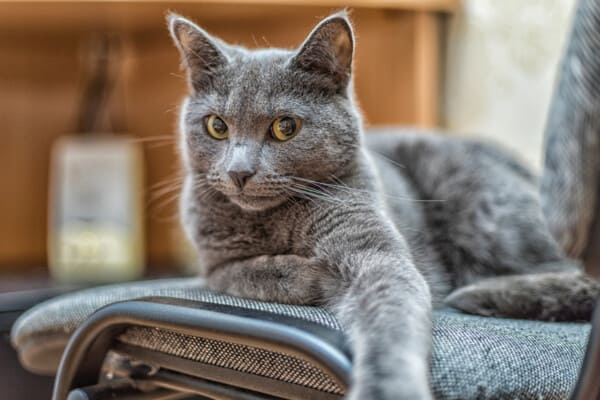Ever wondered what your sugar glider behavior means? Barking, hissing, and crabbing are part of the repertoire that makes sugar gliders such unique pets to own. But what do they mean? Are they happy or sad, angry or anxious? We’ll cover all of these questions in this post.
| Happy Sugar Glider Behavior | Unhappy Sugar Glider Behavior | Happy Sugar Glider Noises | Unhappy Sugar Glider Noises |
|---|---|---|---|
| Bonding | Shaking | Chirping (content) | Crabbing (scared) |
| Scent marking | Scratching | Sneezing (grooming) | Barking (anxious, lonely, scared) |
| Sleeping During the Day | Biting | Hissing | |
| Eating in the evening | Mating call | ||
| Climbing | |||
| Jumping | |||
| Gliding |
Signs of a Happy Sugar Glider
What normal sugar glider behavior is can be a mystery to first-time owners since these little critters are not used to human presence. They are social marsupials that tend to live in groups of seven to ten adults in the wild. These tiny animals live in trees, and the male marks the others in his group with saliva from special scent glands on his forehead.
Captive sugar gliders adapt to their surroundings, but they continue to showcase some of their instinctive behavior, such as:
- Scent marking
- Sleeping during the day
- Eating in the evening
- Climbing and jumping
In captivity, a male sugar glider may still use its scent marking on belongings and may even decide to mark you. Neutered males are less likely to exhibit the marking behavior, but it can still happen.
Sugar gliders are also nocturnal animals. During the day, they remain less active. Despite their inactivity in the daytime, this remains the best time for bonding.
To encourage bonding, you can use a bonding pouch. These small carrying pouches come with straps, allowing you to wear them with the glider inside as you go about your day. The close contact and your scent promote the bonding process.
In the evening, gliders become more active and ready to eat. If your pet frequently wakes up after your bedtime, ensure that you leave fresh food when going to bed.
Climbing, leaping, jumping, and gliding are also normal behaviors for sugar gliders. These little creatures feel safer higher up and avoid the ground as much as they can. Your glider may jump from couch to couch, run up your arm, and even try to hide between your neck and shoulder.
Unhappy Sugar Glider Behavior
1. Shaking
Besides the various sounds that sugar gliders make, you may notice a couple of unusual behaviors, including shaking, scratching, or biting.
Some sugar gliders tend to shake or shiver when they first wake up. While this is normal behavior for a healthy glider, continuous shaking or trembling may indicate a health issue, such as a calcium deficiency.
2. Scratching
Your pet may scratch or try to scrape its teeth against your legs or arms. In the wild, sugar gliders do this to draw the sap out of tree trunks, so they may simply mistake your limbs for trees. Distract your pet with a treat or toy or see if it needs food.
3. Biting
Sugar gliders often nip or bite when scared or when trying to investigate. When you first bring your pet home, it is more likely to bite when you handle it. As you bond, it should nip less frequently and eventually not at all.
Understand the Most Common Sugar Glider Noises
Sugar gliders are social creatures and very expressive with the various noises that they can make. Paying attention to these different sounds and behaviors helps decipher your sugar glider’s mood
The Association of Sugar Glider Veterinarians recognizes four primary sounds that sugar gliders make – crabbing, barking, chirping, and sneezing. The organization points out that despite the wide vocal range of these marsupials, sugar gliders are not particularly noisy compared to other household pets.
Happy Sugar Glider Sounds
1. Chirping
Chirping is a cute little sound that sugar gliders tend to make when they are content and receiving affection. While a cat may purr in your lap, a glider may chirp when you hold it. Gliders will generally chirp when they eat food they enjoy.
2. Sneezing
Sneezing is typically a normal behavior and nothing to be worried about. Gliders often spit into their hands, making a light sneezing noise, before grooming.
3. Hissing
A hiss can mean a variety of things. Your sugar glider may hiss softly when going potty or use a long hiss as a warning. It rarely means that anything is wrong and is just part of their normal behavior.
4. Mating Call
Female sugar gliders tend to produce a sound when in heat. It may sound like a long hiss or a bark, depending on the glider.
Sounds of an unhappy sugar glider
1. Crabbing
Crabbing (chattering) is the most common sound that we hear when bringing these pets home. It is a surprisingly loud sound that resembles that of a locust. We tend to hear this sound when first bonding with the glider.
The chattering sound simply means that the little glider is scared. After bonding, you should almost never hear this sound again, except when one of your gliders feels threatened or gets startled.
So crabbing is normal behavior when you first bring the glider home and for a few days after adoption.
Barking
Sugar gliders make barking sounds very similar to the sound of a barking Chihuahua. This is another normal sugar glider behavior and is part of the repertoire for this healthy marsupial. For example, your pet may bark when:
- Excited
- Alarmed
- Anxious
- Lonely
- Scared
- Bored
And as with a dog, if you hear your glider barking, try to consider what it needs, such as bonding time or more food.
How Do You Know When Your Sugar Glider Has Bonded?
At first, your sugar glider may start crabbing when you come near and jump off if you try to place it on your arm. Over time, it may sniff your hand or give you a small nip before climbing onto you.
A properly bonded sugar glider should not crab when you approach. Instead of acting scared, it should feel comfortable climbing on you without immediately wanting to jump away.
Bonded sugar gliders may still bite or nip to get your attention when they need or want something, but this also becomes less common as they bond.
Chirping is also a good sign that your glider is bonding with you. When you hold your pet, it may start to chirp or purr with contentment. With a tight bond, you can take your sugar glider anywhere, and it should feel perfectly comfortable.
Just remember that handling your sugar glider properly is also an important part of bonding. As with any other small pet, you want to use care to avoid dropping this lightweight pet.
How Do Sugar Gliders Behave Around Other Animals?
Some pets may not work well with gliders, but it depends on the behavior of your pets. For example, some ferrets act aggressively toward gliders while others ignore them. Typically, you should not have a problem with other caged pets in the same home.
When pets of different species have the freedom to explore the home, it is important to monitor their behavior around each other since it sometimes takes a while for the pets to adapt to each other’s company.
How Do You Know If Your Sugar Glider is Sick?
Monitoring your sugar glider’s behavior makes it easier to notice some of the most common signs of illness.
- Cold
- Sneezing
- Lethargic
- Itching
- Diarrhea
- Constipation
- Not eating
- Not playing
These are signs that your pet is sick. Give your sugar glider plenty of rest for the next 24 to 48 hours.
If your sugar glider suffers from constipation, you can try loosening the stool with a teaspoon of apple juice twice per day. For an already loose stool, give your pet glucose water mixed with Gatorade to prevent dehydration. After one to two days, if the symptoms do not go away or become worse, take your pet to the vet. You should also schedule an exam if you detect lumps, hair loss, or rear leg paralysis.
My sugar gliders tend to shake when they first wake up, which is normal, but prolonged shaking or trembling may indicate a calcium deficiency. You can try to include more yogurt or broccoli in its diet.
Self-mutilation is another worrying sign that typically indicates stress. Try to spend more time bonding with your pet, but do not hesitate to visit the vet if the behavior does not stop within a day or if your glider becomes increasingly restless.
Are There Different Types of Sugar Gliders?
Sugar gliders are one of the six species that belong to the Petaurus genus of flying marsupials. The sugar gliders are a single species, but they come in a wide range of colors and patterns, such as:
- Classic gray
- Leucistic
- Mosaic
- Creamino
- Platinum
- Albino
There are dozens of other colors and patterns, but most nurseries and breeders carry the standard gray gliders. The coloring may range from a light gray to a darker gray and typically includes a dark stripe from the tip of the head to the tail.
Moreover, some species or breeds have different temperaments, but unlike cats and dogs, sugar gliders tend to exhibit the same behavior, whether you purchase a classic gray glider or an albino.
Are sugar gliders good pets?
These marsupials are often great pets when owners take the time to understand their behavior and needs. If a sugar glider is too demanding but you are still after an exotic pet, a flying squirrel is also a good option, although they are very different in terms of behavior and care needs.
How long do sugar gliders live?
With proper care, sugar gliders may live 12 to 15 years. These pets require a long-term commitment, as with owning a dog or cat. To ensure that your sugar glider enjoys a long life, take the time to understand its basic needs and wants.
What do sugar gliders eat?
People call these marsupials “sugar” gliders because they like sweet food, especially fruits and vegetables. For domesticated gliders, vets recommend a balanced diet of fruits, veggies, insects, and a commercial diet.
Resources and further reading:
- Sugar gliders, Rosemary Booth

